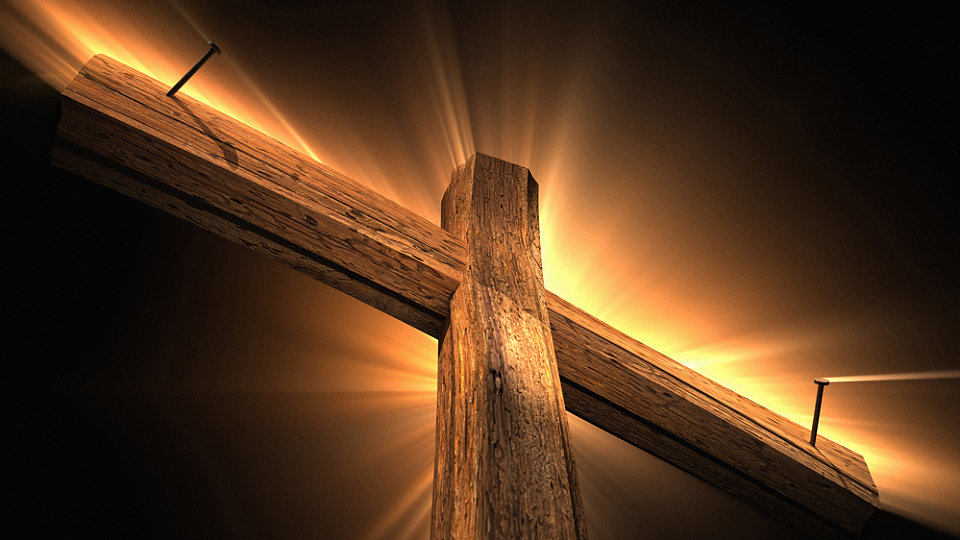The Lenten Challenge: Read and Study the Gospel of John

Last week I issued the Lenten Challenge. I hope you’ll join me this year for a 40-day read-through of the Gospel of John. Lent begins in a few weeks on Ash Wednesday on February 10 and runs for 40 days. My latest book, John: The Gospel of Light and Life, is divided into 6 chapters to help you explore the major themes of John. It is meant to be read alongside the Gospel. With that in mind, the entire text of John is included. At the end of each chapter you’ll find a portion of the Gospel, and if you read each portion after you read the chapter, by the end of the book you will have completed the Gospel of John. I’m also encouraging congregations to begin preparing now for the Lenten season. I believe that entire congregations will find reading through a Gospel during Lent an unifying and deeply spiritual experience. We have created several resources to help you and your church as you read through the Gospel of John. You can find those here. Today’s post is an excerpt from Chapter One, “The Word Made Flesh” in John: The Gospel of Light and Life. Light Shining in the Darkness What came into being through the Word was life, and the life was the light for all people. The light shines in the darkness, and the darkness doesn’t extinguish the light. (John 1:3b-5) Permeating John’s Gospel are two ideas: light and life. Light is a metaphor for several things and is always understood over and against darkness. Sometimes darkness is synonymous with spiritual blindness or a failure to understand what it means to be human. Sometimes darkness refers to evil. Jesus came to dispel the darkness. He came to be the light for us. At our Christmas Eve services at Church of the Resurrection, we turn off all the lights and stand in the darkness. Babies cry and people cough and little children squirm, and it’s uncomfortable for a while. In the darkness we talk about the darkness we experience at times in our lives. Then we bring in one candle from the back of the room. This candle represents Jesus. We read the Prologue of John and remember that Jesus came to bring light to our darkness. He dispels the darkness. You’re likely familiar with the service: each person has a candle, and we pass the candlelight throughout the room, saying to one another, “The light of Christ.” Soon the entire room is filled with light. John would be pleased, for it captures a premise of his Gospel: Christ came to push back the darkness in our world and in our lives. We can’t appreciate the light until we recognize the darkness. We see darkness in the news when we read about another act of violence in a school, a movie theater, a community square. We see it in the natural disasters that leave communities in chaos. We see it in the terrorist attacks and the heinous crimes committed against humanity, sometimes in the name of God. For some, the darkness comes when our spouse leaves or we lose our job or we receive a frightening diagnosis. And, of course, all of us walk through the valley of darkness when someone we love dies. These are all expressions of the darkness into which Jesus offers light, comfort, healing, and hope. In John, darkness is a metaphor not only for evil, despair, and hopelessness, but also for losing our way. Those who walk in darkness are lost and blinded by sin. Jesus is the light that can guide us, helping us see the way by the things he taught and by what he showed us in the example of his life. He showed us forgiveness and love and grace. He showed us compassion and kindness and mercy. He not only removes our sin, he shines a light on the path we’re to take. Jesus embodies the words of the psalmist: “Your word is a lamp before my feet and a light for my journey” (Psalm 119:105). I’m reminded of times when I’ve taken cave tours, and I was so grateful for the guides who held flashlights and helped us navigate through the darkness. We are followers of Jesus as he illuminates the way we’re meant to follow. You know the way: loving God and neighbor, forgiving others, loving enemies, speaking truth, showing compassion. In his Prologue, John reminds us that human beings at times love the darkness rather than light. But he also makes clear that the darkness could not overcome Christ’s light. When we walk in the light of Christ, when we listen to, hear, and accept God’s Word, we have life. Jesus came to be the light for us so that we, as his followers, might in turn be light for others. As those who have the light of Christ and walk in the light of Christ, our task is to dispel the darkness—to bear the light of Christ and embody his light. To read more about why John uses the metaphors of light and darkness, and what it means to walk in the light of Christ, check out John: The Gospel of Light and Life and read the Gospel of John this Lent.